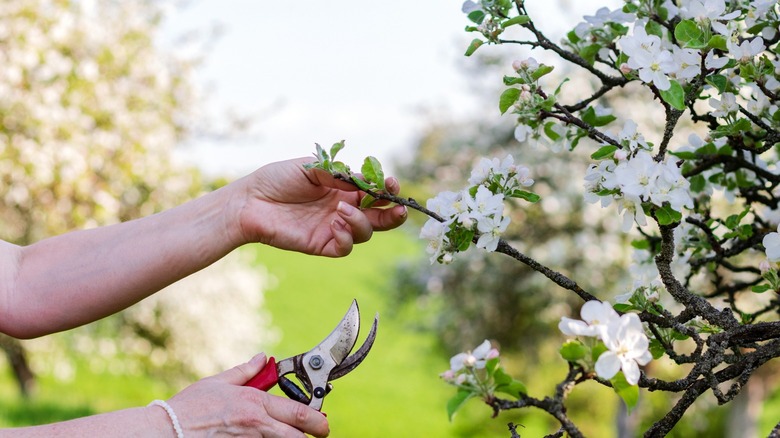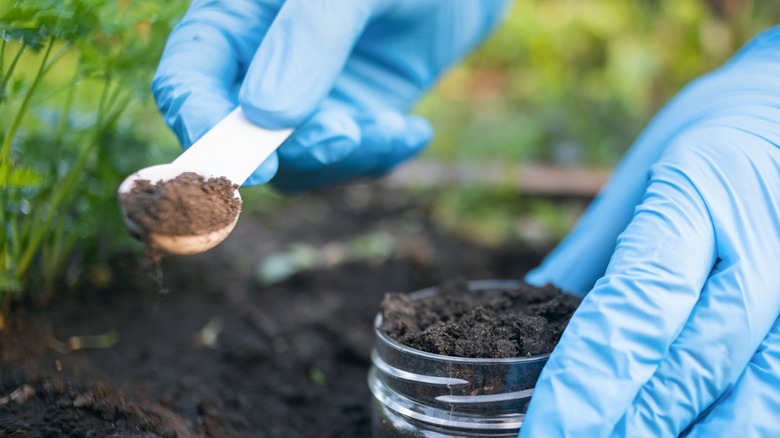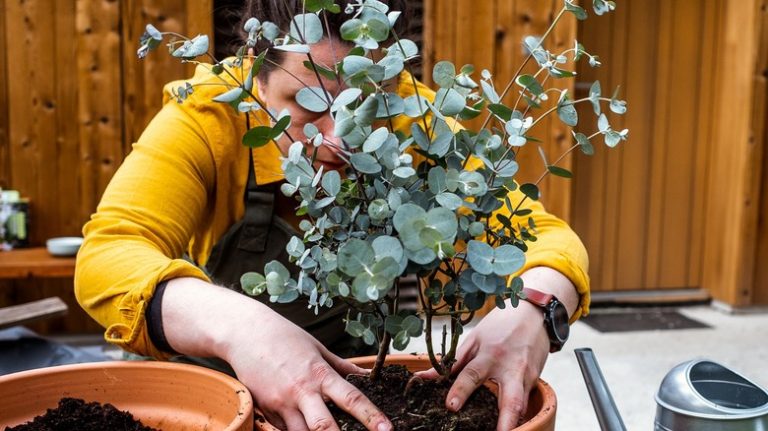Garden Trees, Shrubs & Vines
Rochelle Heath-Harris
One of the huge disappointments that can happen is when you plant a flowering tree that doesn’t flower. When it happens to you, it somehow feels personal. There are a few possibilities as to why this could be happening. Some varieties of flowering trees bloom every other year, so make sure that’s not the problem. Young trees may lack the maturity necessary to bloom yet. Otherwise, the tree could be lacking in something it needs or have been damaged by the elements. But arguably, the two biggest reasons are either improperly timed pruning or soil lacking the appropriate nutrients.
Small flowering trees can be a big boost for your curb appeal and make a wonderful addition to nearly any property. They’re good for the environment (in most cases), and they’re good for property values, plus they’re aesthetically pleasing. While we understand that not everyone has a green thumb, what can be done if you get a flowering tree that fails to produce any flowers? That’s what we’re about to find out!
Prune trees at the proper time of year

encierro/Shutterstock & undefined
Make sure when you purchase the tree or begin caring for the tree that you find out when it forms its buds, as this will determine the best time of year to prune it. If you prune at the wrong time, you could remove the following year’s buds by mistake. Dead or damaged limbs can be removed at any time, but be careful with clipping any buds. If you have a spring-blooming tree or shrub, such as flowering dogwood or pear tree, it will form next year’s buds in late summer or fall. Therefore, the best time to prune will be in the spring, right after they bloom.
If you have a summer blooming tree, such as magnolia, crape myrtle, or rose of Sharon, late winter or early spring pruning is recommended. These flowering trees and shrubs form buds on the current year’s growth, so they are safe. Additionally, try to avoid pruning too much at any given time. Taking more than a third of the plant can damage it beyond repair. If you take too much off at once, this can result in stimulating vegetative growth instead of flowering like it’s supposed to.
Lack of nutrients and what to do

Happy_Nati/Shutterstock & undefined
The other big issue that could be causing problems is soil deficiency. There is some general advice for people having issues with trees not flowering to try a fertilizer high in phosphorus. However, the problem with that is you could be simply compounding the problem if that’s not the nutrient it needs. It’s not that difficult to have your soil tested, and it only costs between $10 and $40. You’ll get a detailed breakdown of what’s in your soil, as well as recommendations for the appropriate amendments.
It’s also possible that the tree is not getting enough water or sunlight. It’s important to check the requirements of the tree and make sure it’s in the right spot. Growing trees need plenty of water, and drought conditions can cause them to reserve their strength and fail to bloom. If you’re experiencing drought conditions, you may need to deep water your trees, especially if you notice stunted growth. Another common cause is if a tree receives late frost damage, it may not flower. If your flowering tree is facing frost, cover it with a blanket or frost cloth to protect it.
